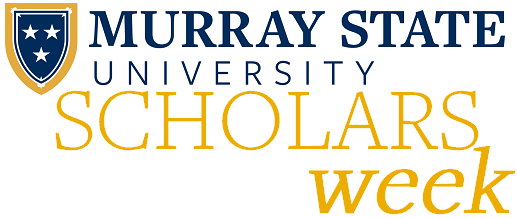
Habitat Modeling of a Disease Using Remote Sensing and GIS
List all Project Mentors & Advisor(s)
Dr. Howard Whiteman
Presentation Format
Event
Abstract/Description
Emerging infectious diseases are a global problem that negatively impacts both ecosystems and humans alike. To better manage and potentially control these diseases, understanding their dispersal abilities is vital. Many diseases use vectors to travel to new areas, and these vectors can be impacted by numerous environmental factors, including changes in climate and topographic conditions. One method that can aid in understanding disease dispersal pathways is the combined use of remote sensing and Geographic Information Systems (GIS) analysis, mapping, and modeling functions. Building upon research conducted by Murray State University and Colorado Parks and Wildlife, this project uses remote sensing and GIS tools to test biotic variables related to the dispersal of an amphibian-killing chytrid fungus, Batrachochytrium dendrobatidis (chytrid), in western-central Colorado. Chytrid’s rapid spread has often been blamed on anthropogenic activity, but in some systems, chytrid is found in remote areas, far from human travel. Using remotely sensed temporal data and GIS mapping and analysis tools, I have gathered the geographic distribution of chytrid in west-central Colorado from 91 sites and, using a combination of field and remote sensing data, I am creating a habitat suitability model using current and past distribution time-series data. Understanding chytrid’s biotic requirements – vegetation types, land use, or presence of species that may aid in chytrid’s dispersal (i.e. birds or ungulates) – can aid conservation efforts aimed at restoring amphibian populations impacted by the chytrid fungus.
Location
Barkley Room, Curris Center
Start Date
April 2016
End Date
April 2016
Habitat Modeling of a Disease Using Remote Sensing and GIS
Barkley Room, Curris Center
Emerging infectious diseases are a global problem that negatively impacts both ecosystems and humans alike. To better manage and potentially control these diseases, understanding their dispersal abilities is vital. Many diseases use vectors to travel to new areas, and these vectors can be impacted by numerous environmental factors, including changes in climate and topographic conditions. One method that can aid in understanding disease dispersal pathways is the combined use of remote sensing and Geographic Information Systems (GIS) analysis, mapping, and modeling functions. Building upon research conducted by Murray State University and Colorado Parks and Wildlife, this project uses remote sensing and GIS tools to test biotic variables related to the dispersal of an amphibian-killing chytrid fungus, Batrachochytrium dendrobatidis (chytrid), in western-central Colorado. Chytrid’s rapid spread has often been blamed on anthropogenic activity, but in some systems, chytrid is found in remote areas, far from human travel. Using remotely sensed temporal data and GIS mapping and analysis tools, I have gathered the geographic distribution of chytrid in west-central Colorado from 91 sites and, using a combination of field and remote sensing data, I am creating a habitat suitability model using current and past distribution time-series data. Understanding chytrid’s biotic requirements – vegetation types, land use, or presence of species that may aid in chytrid’s dispersal (i.e. birds or ungulates) – can aid conservation efforts aimed at restoring amphibian populations impacted by the chytrid fungus.

